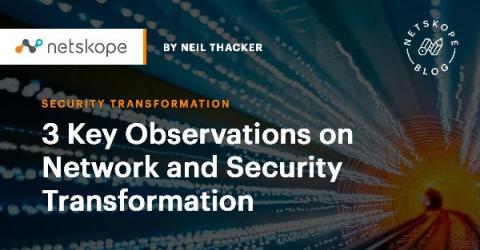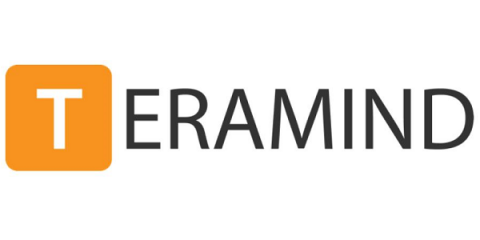3 Key Observations on Network and Security Transformation
Recently I attended another great Evanta CIO event, and in the course of a day packed with excellent talks and knowledge-sharing opportunities, I had the opportunity to sit down and discuss the topic of network and security transformation with Stuart Hughes, the CIDO at Rolls Royce. Stuart shared his experiences over the past 18 months, discussing how the pandemic—among other things—had changed his strategic approach to security.










